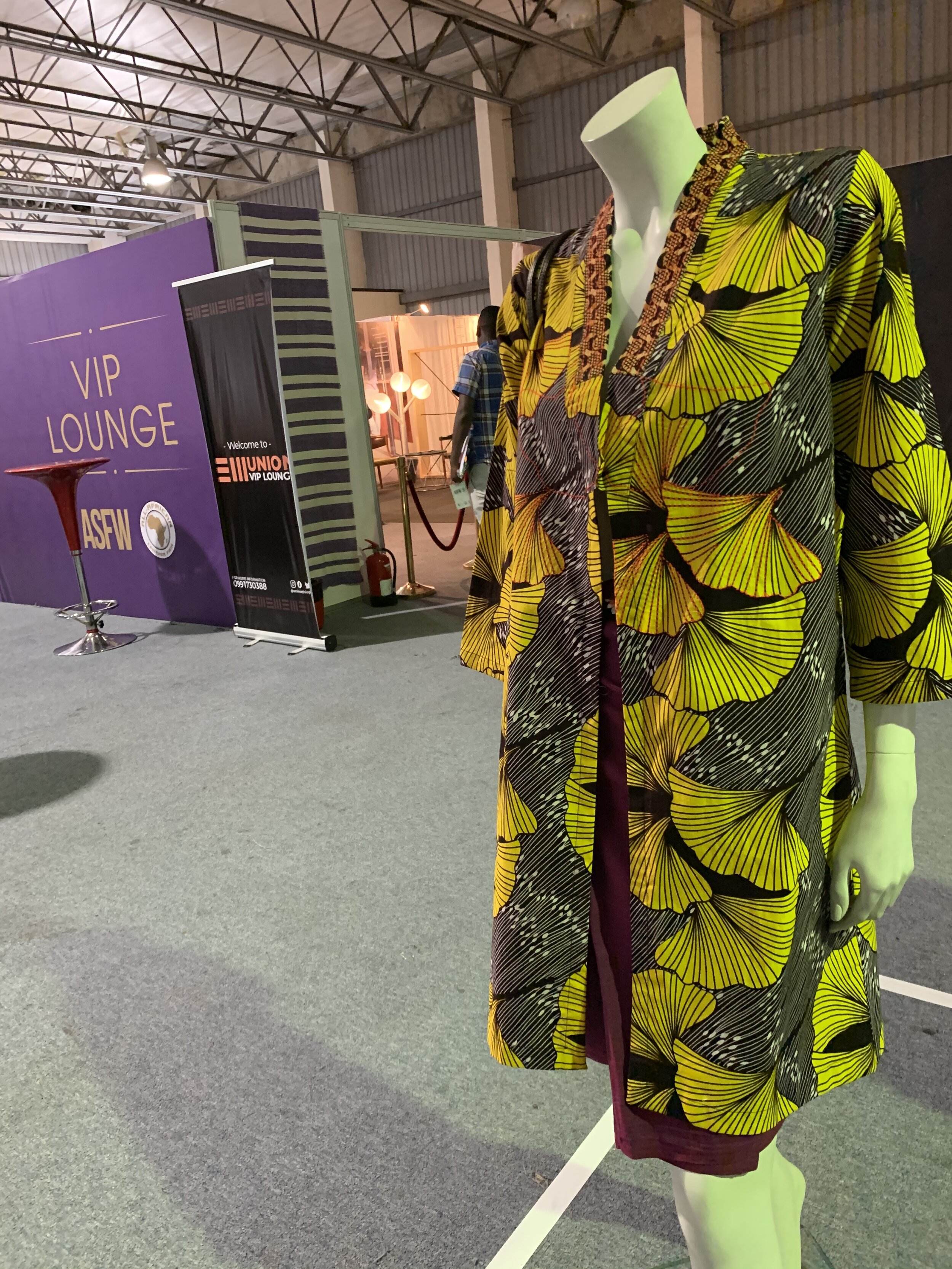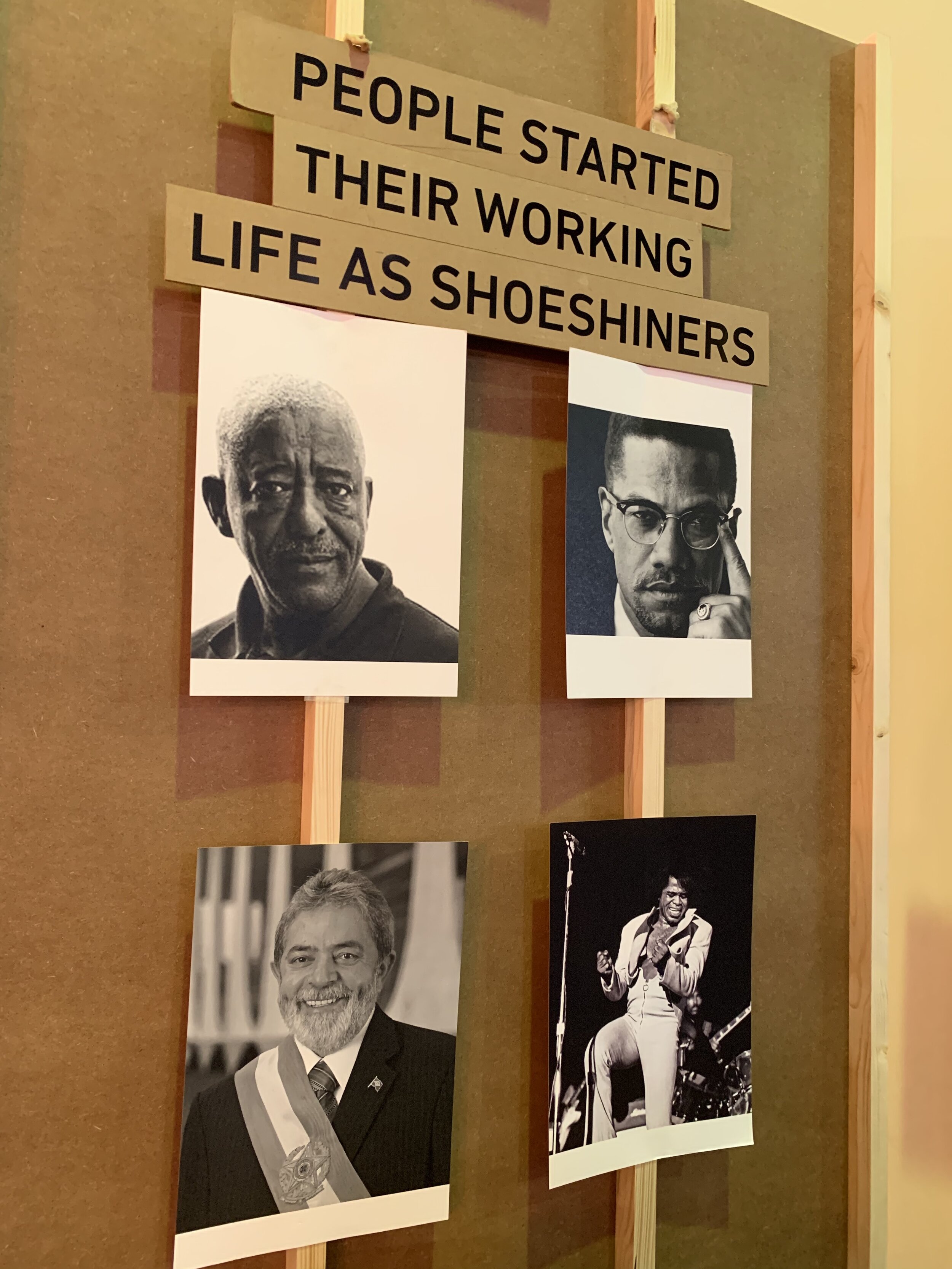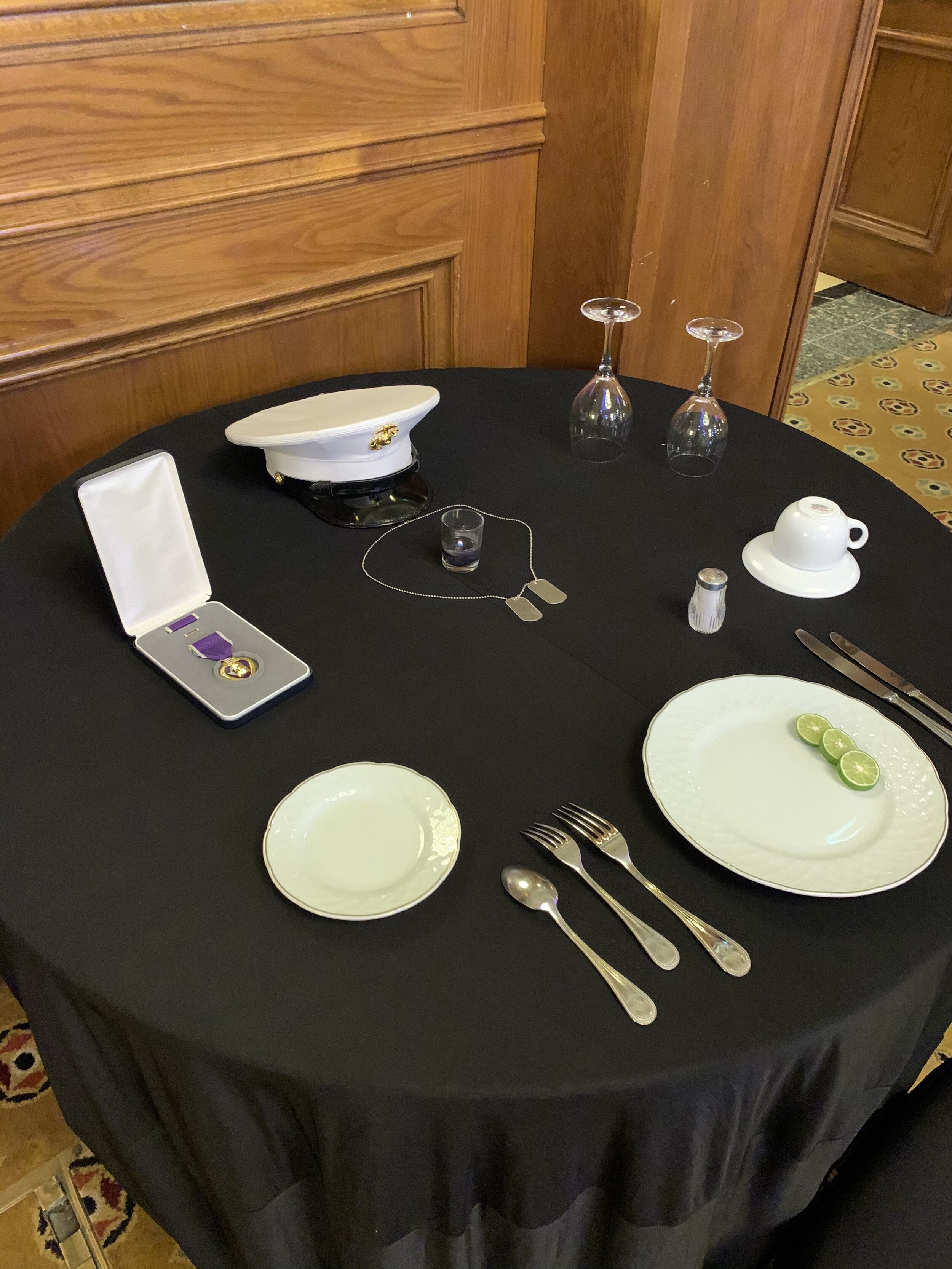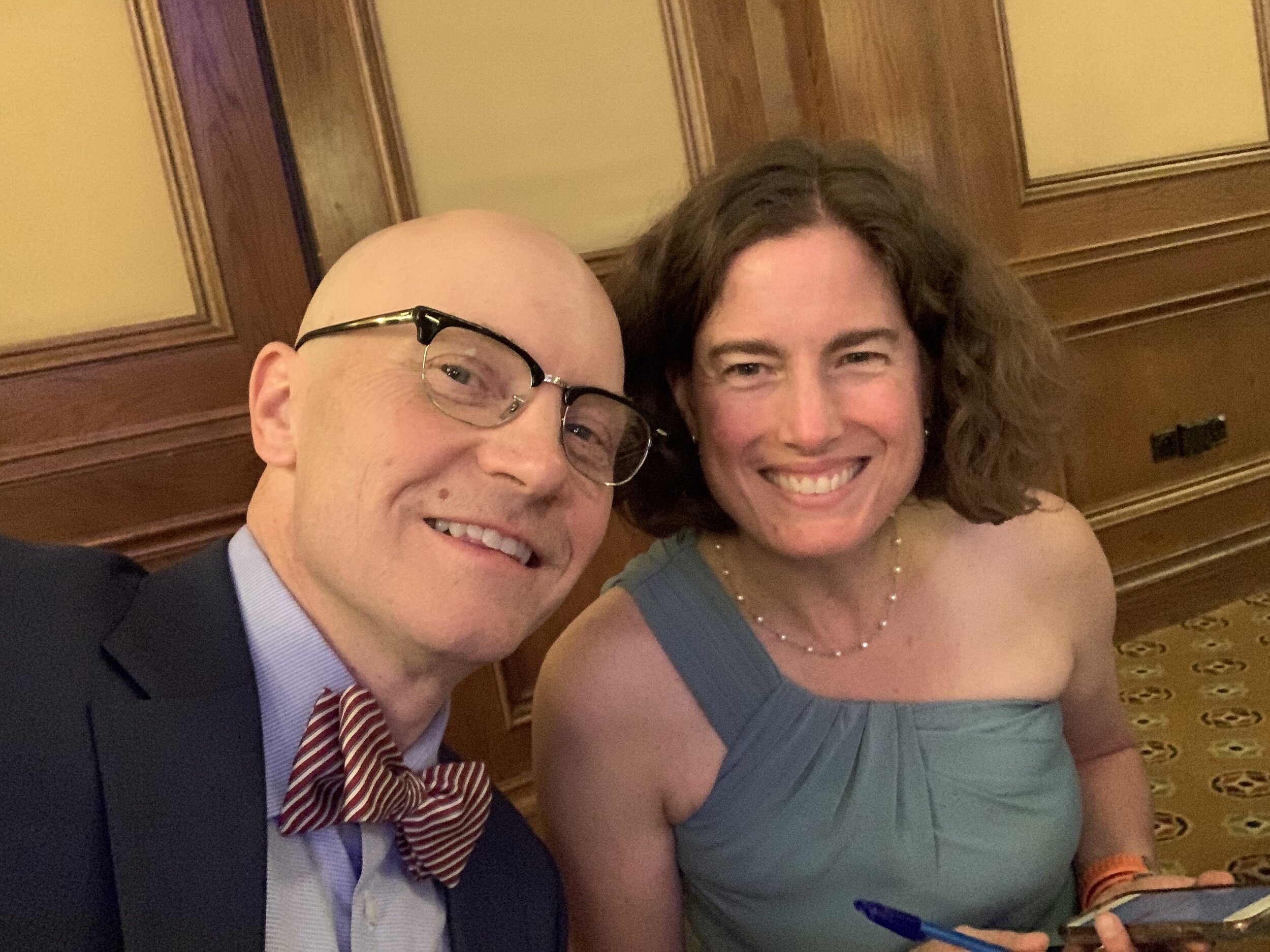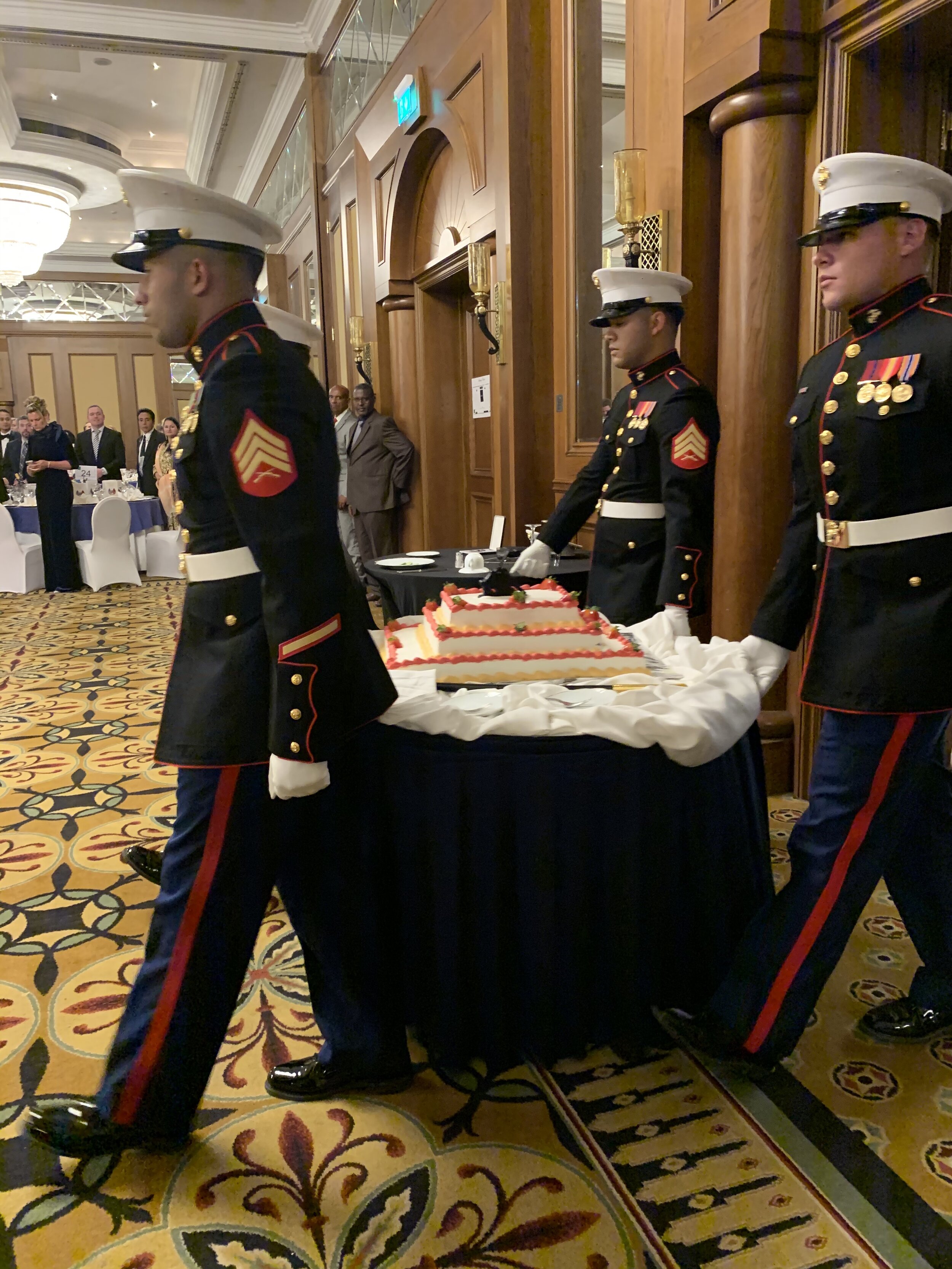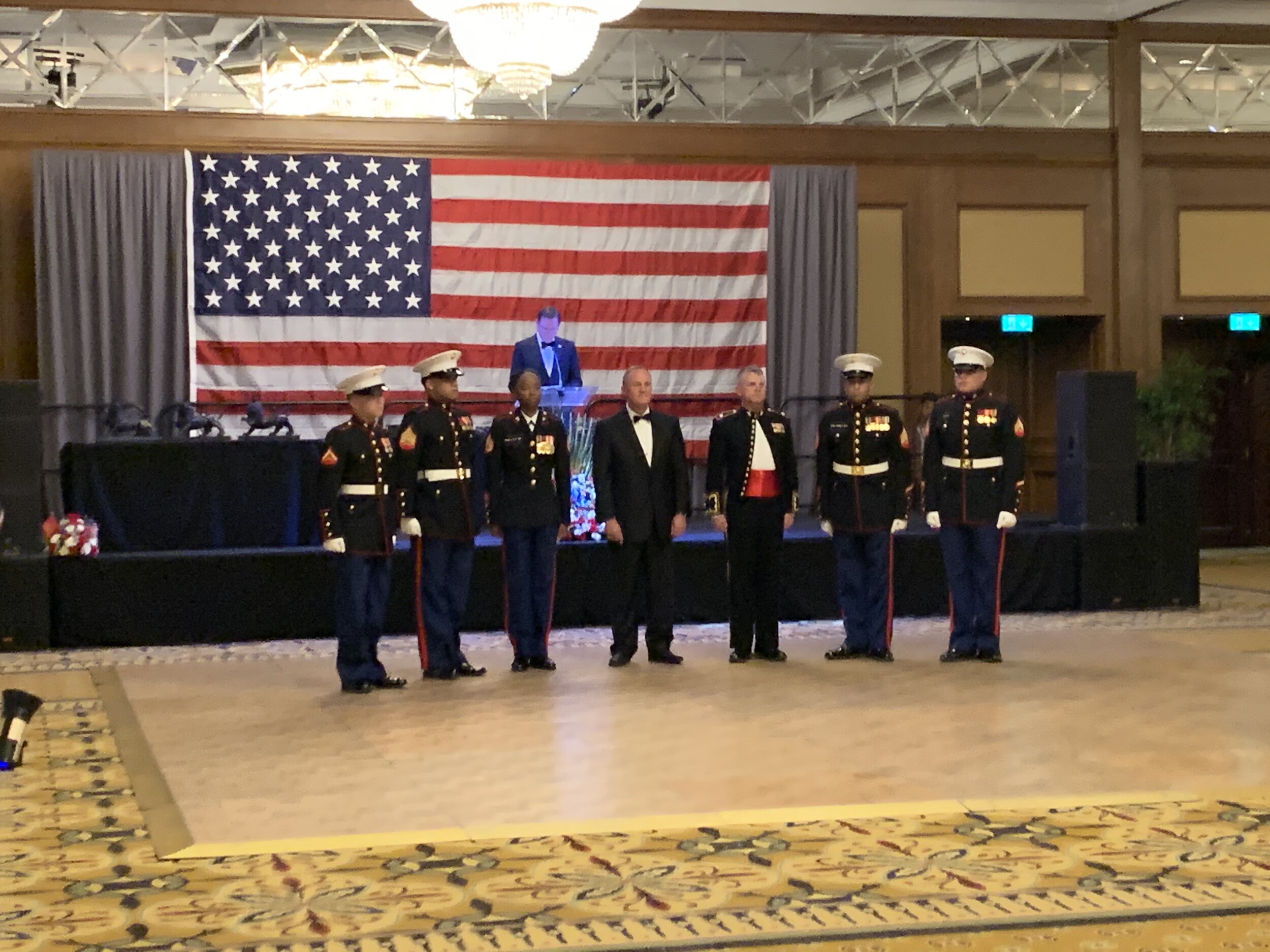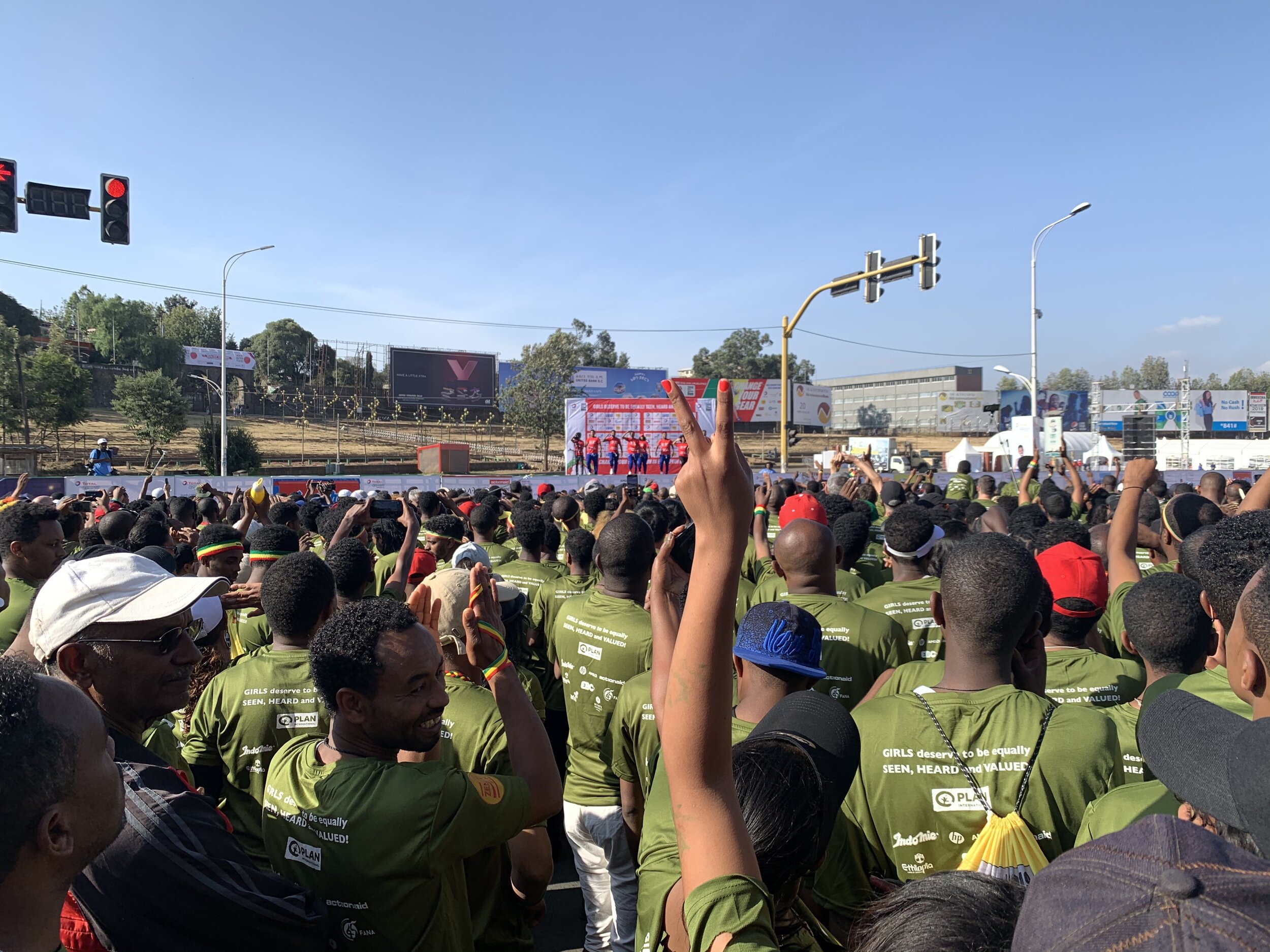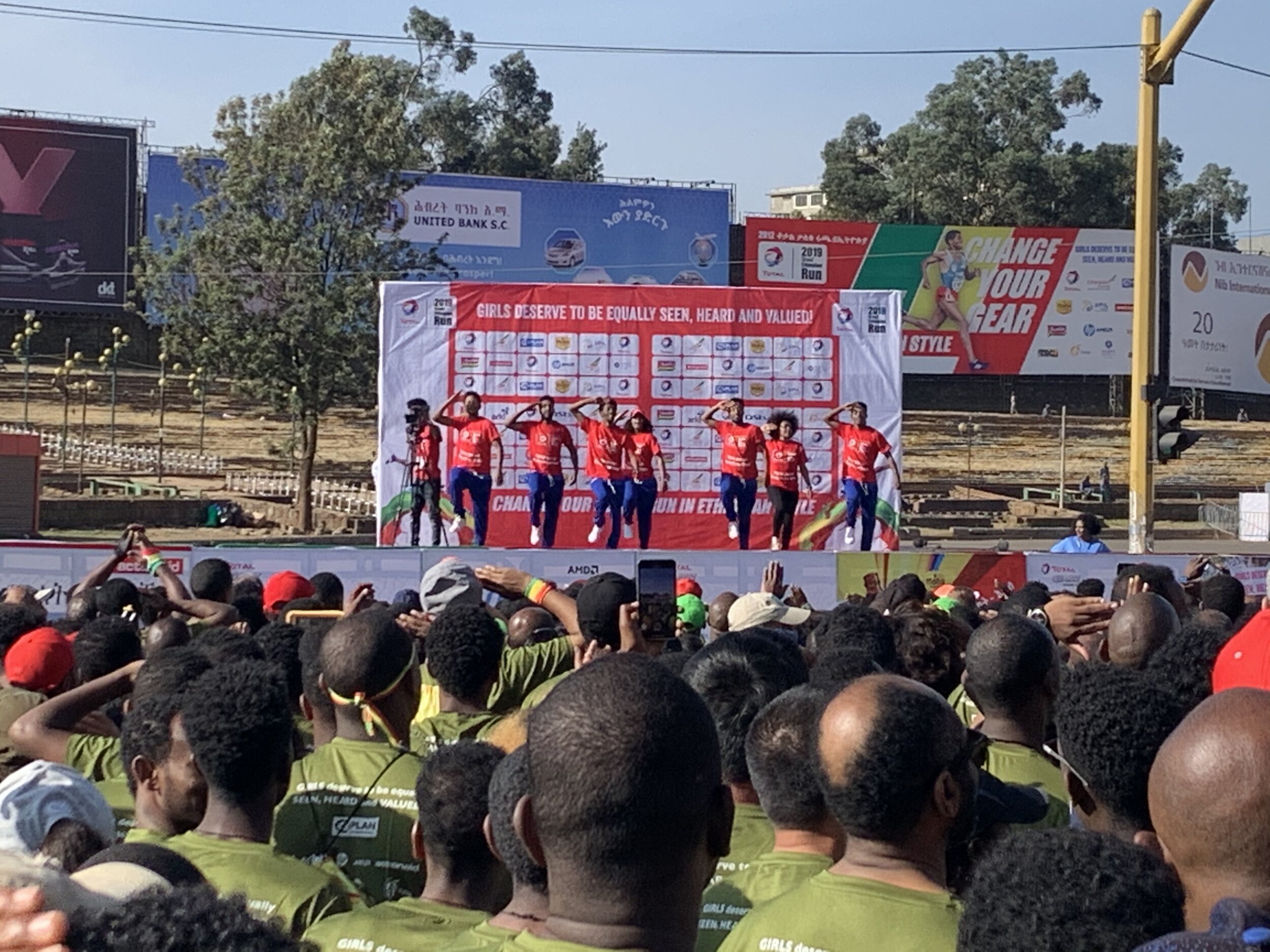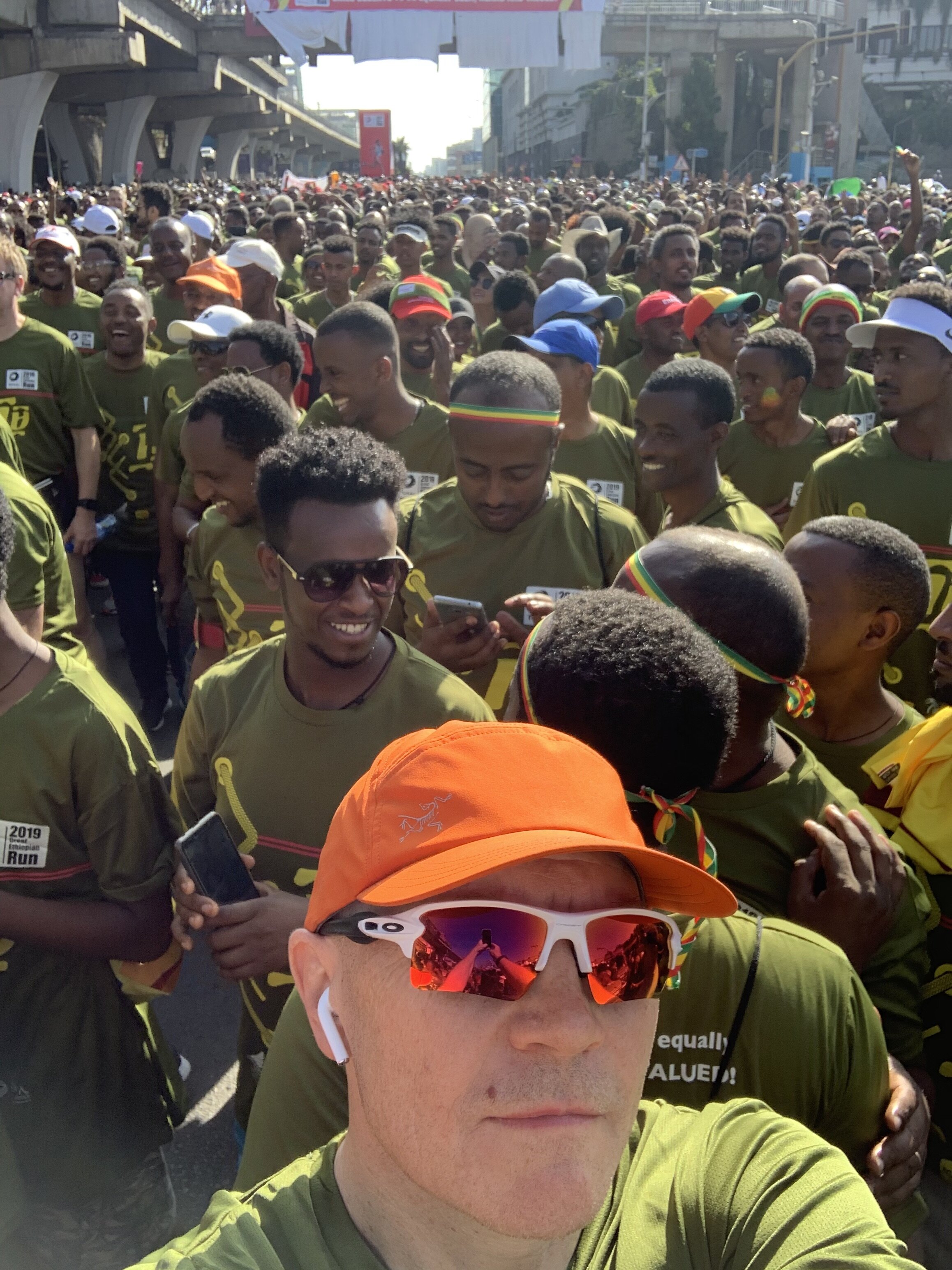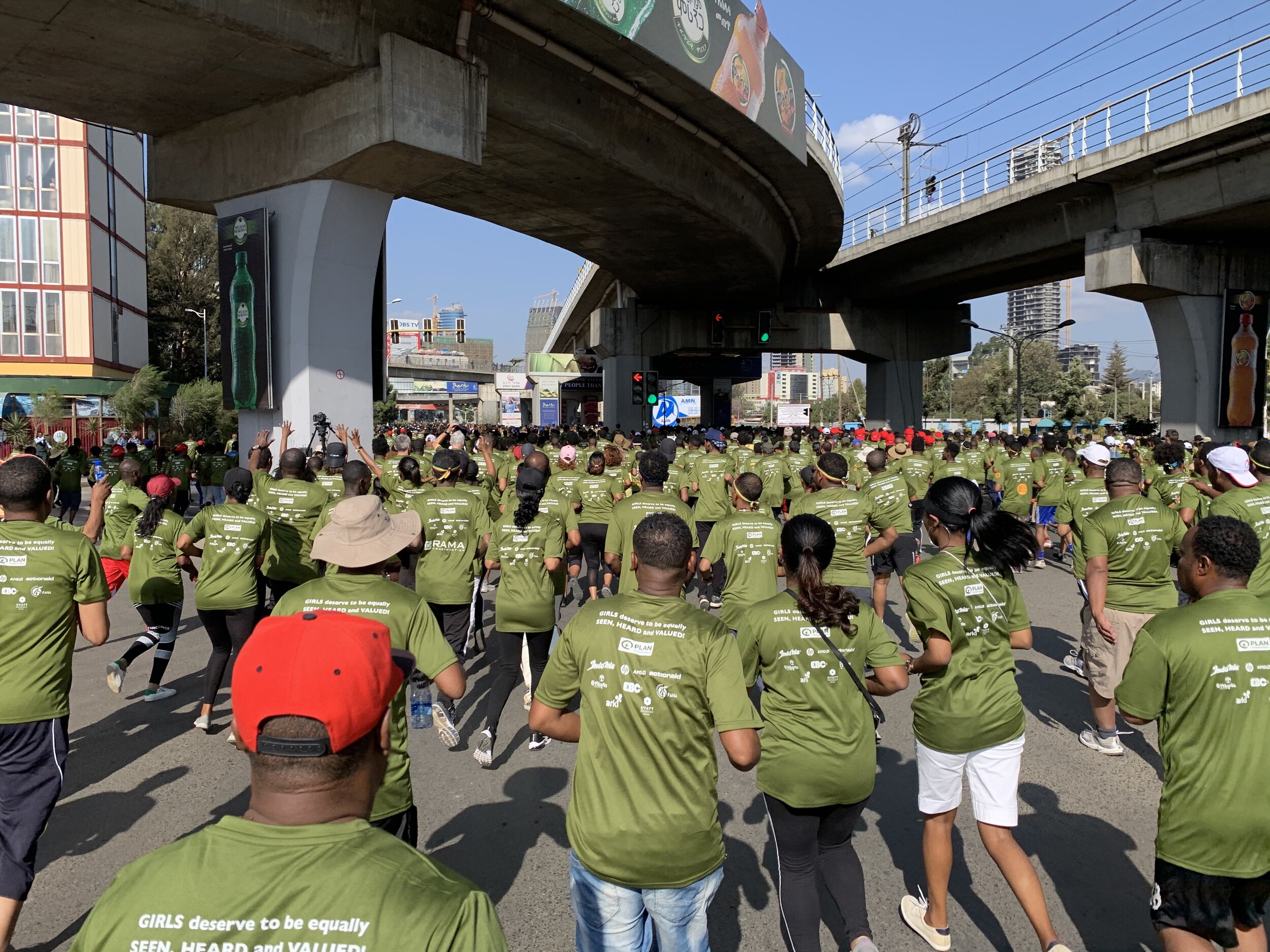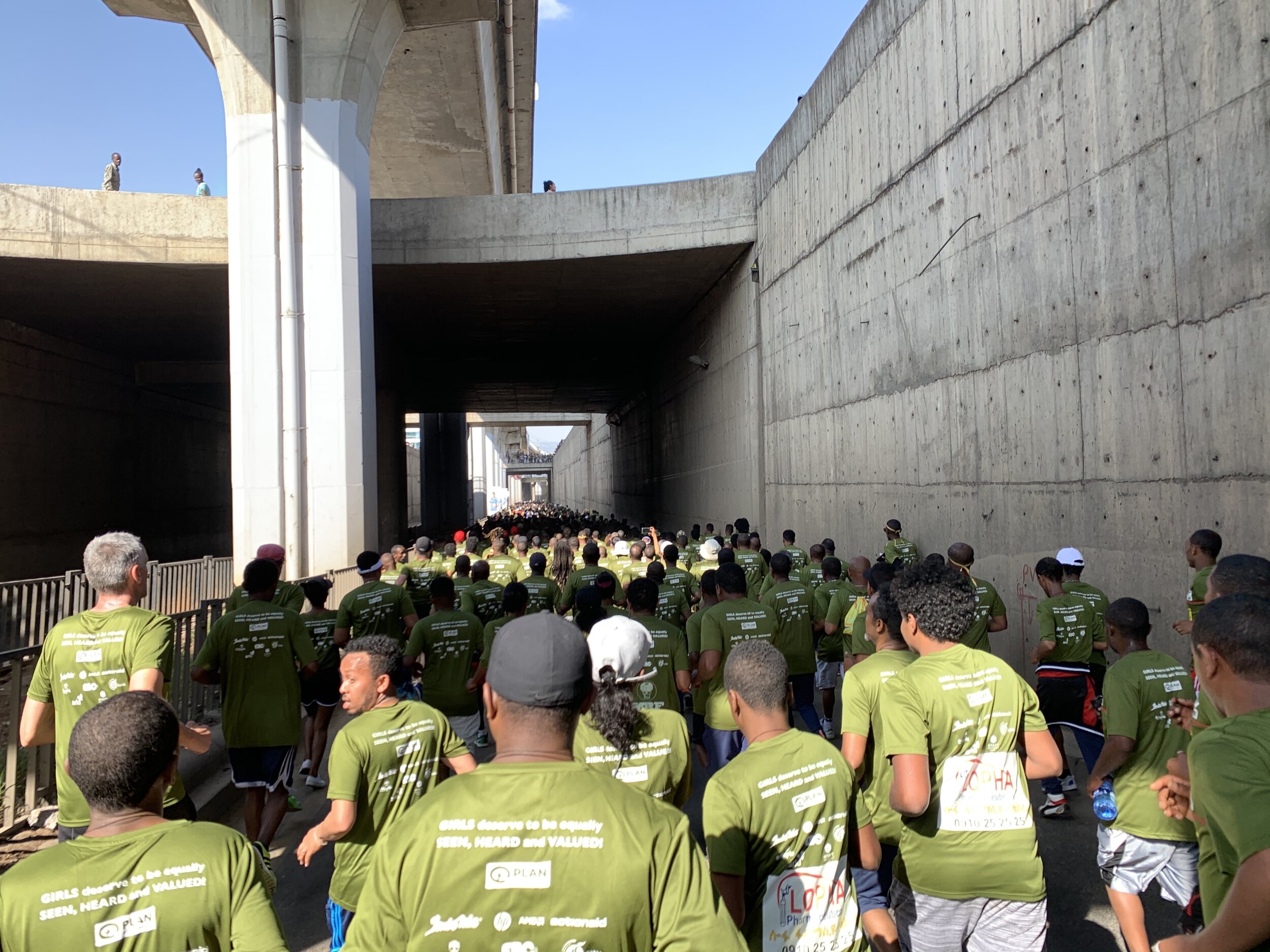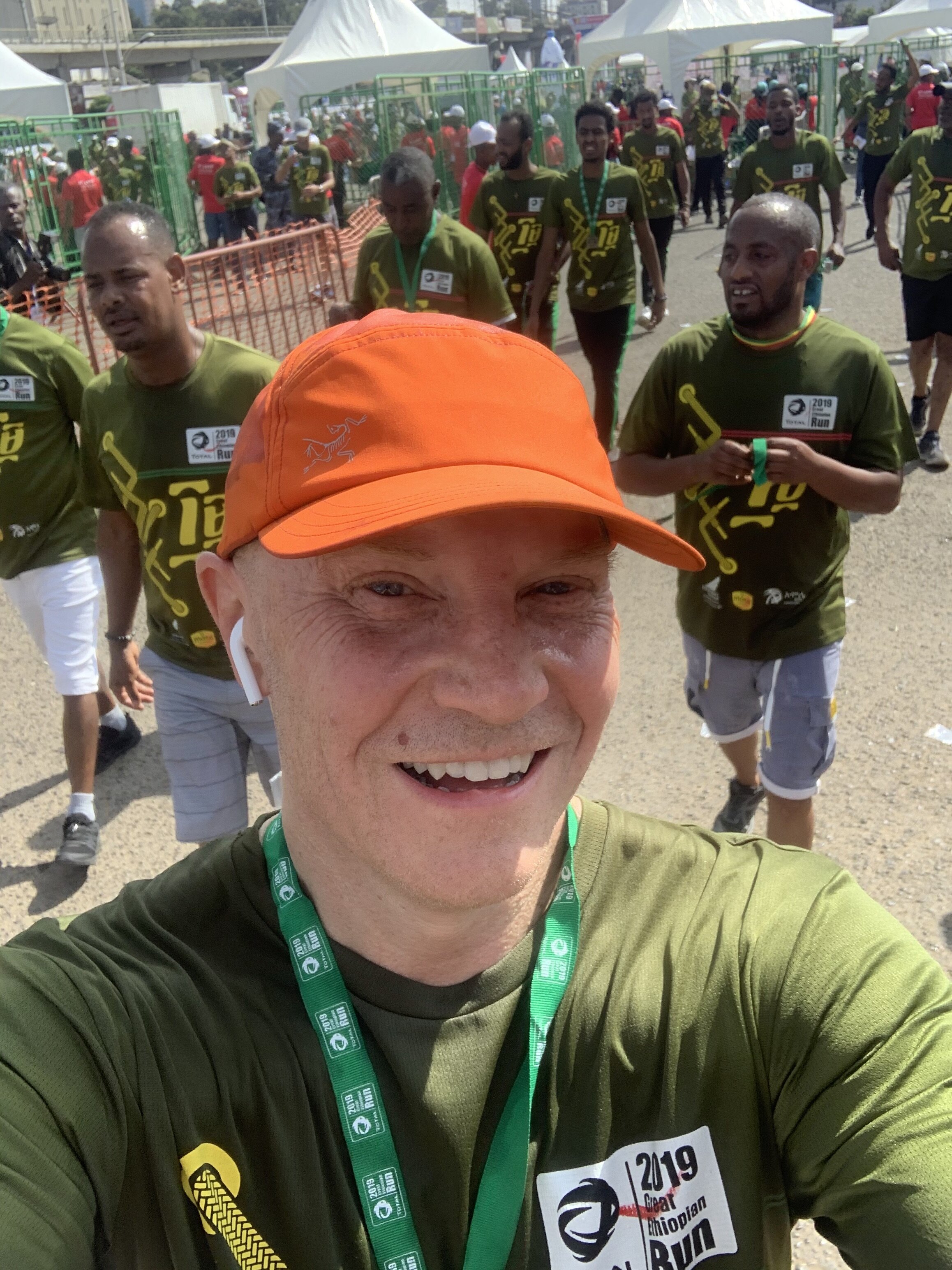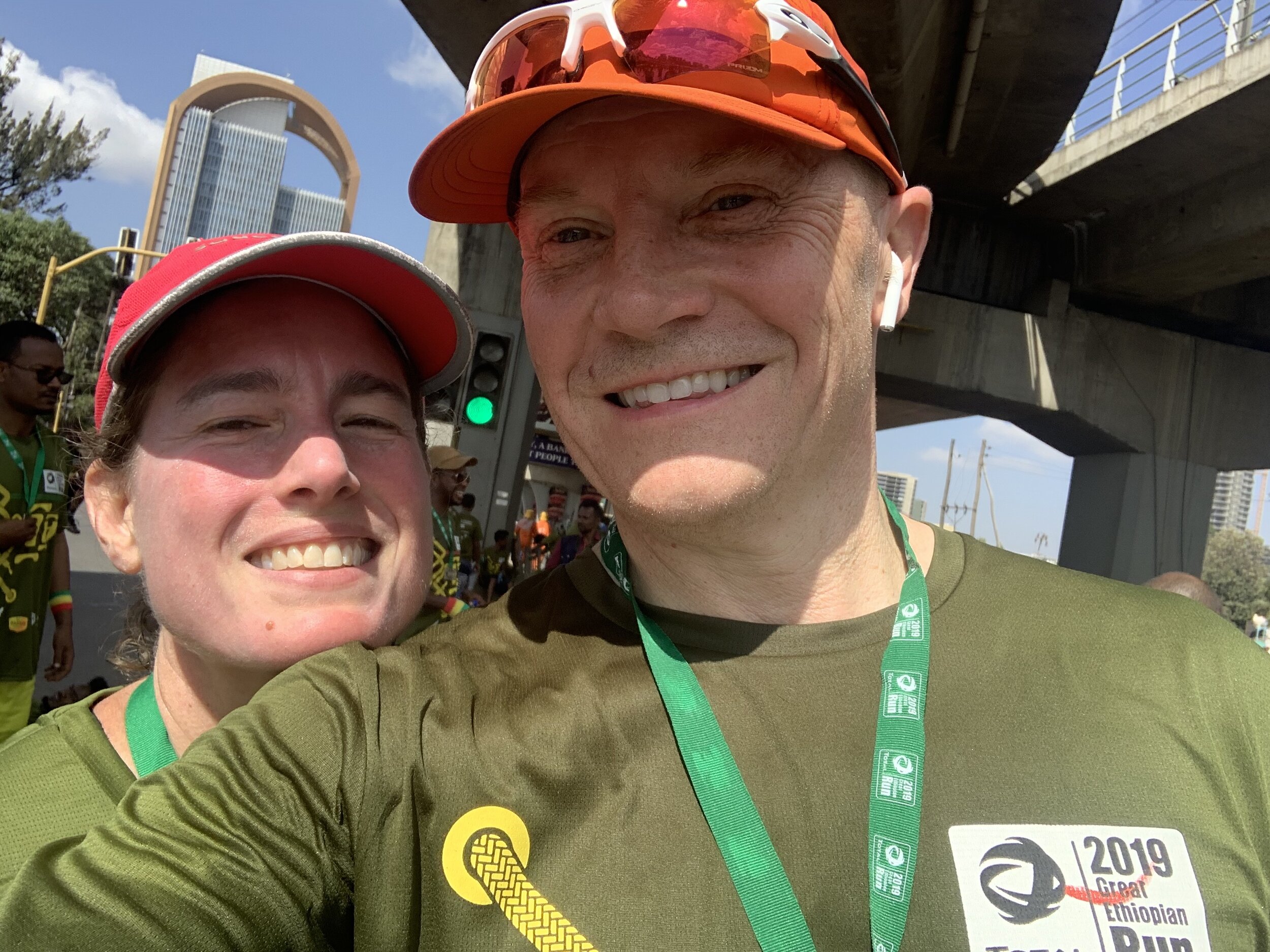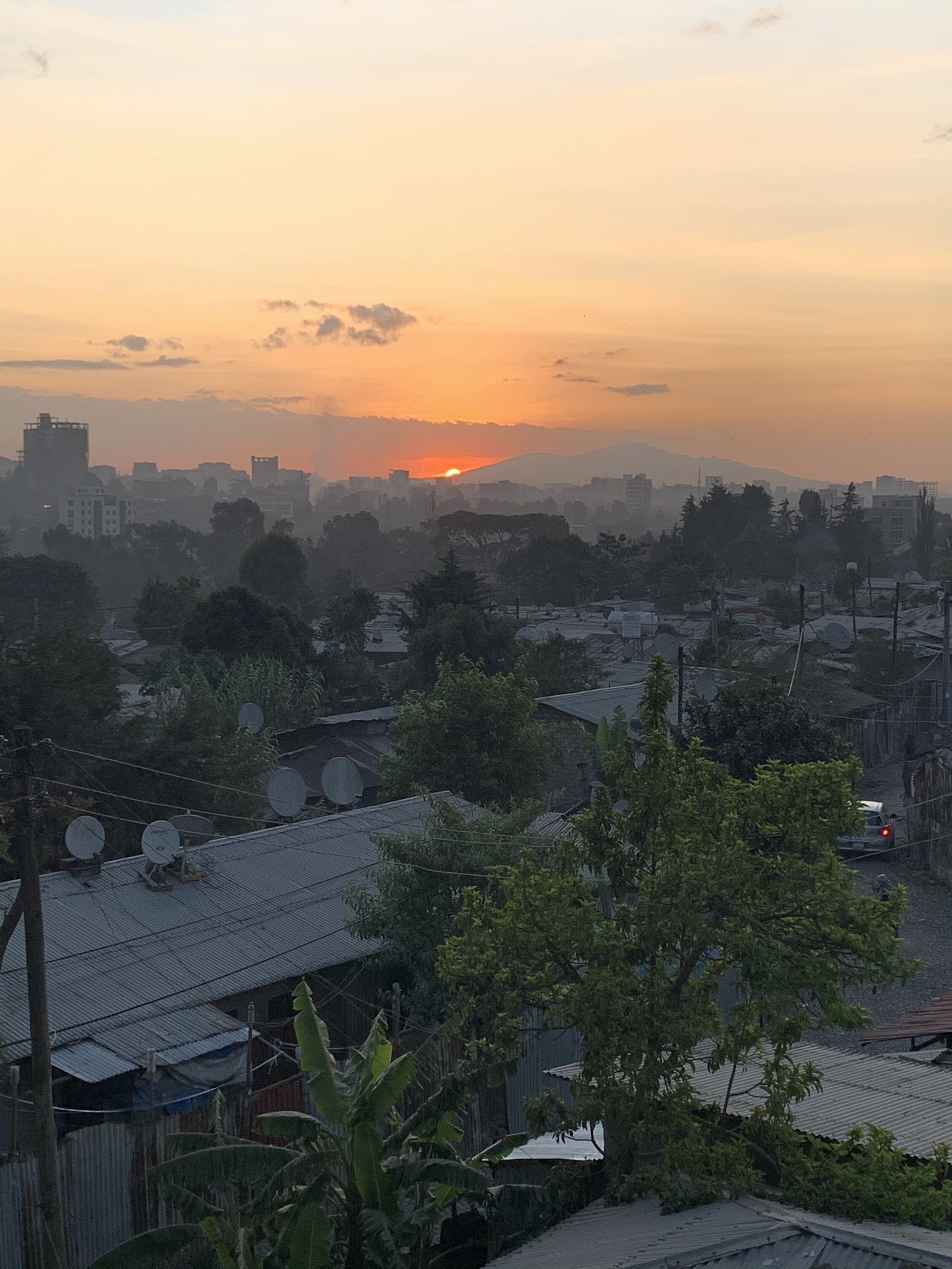Round Up: Ball-ers, bedazzlers, MiFi and soggy teff.
This Week’s Round Up starts with last Friday’s Marine Corps 244th Birthday Ball at the Sheraton (Addis’s shmanciest hotel). Many of our new friends within the U.S. Embassy and surrounding communities encouraged us to dive into the formal fray. As we learned, Marines across the globe celebrate the Anniversary of their founding in 1775 in the same fashion. They recount their rich history. They drink. They dance. And they repeat.
Sarah and I used to the formal occasion to hobnob with an array of friends and recognizable local biggish-wigs. As it should be at any birthday shindig, you end up circling back around to the guest(s) of honor. For example, the oldest and youngest Marines were singled out as a part of the centerpiece ceremony. No surprise that the youngest (born in March 2000) would draw stunned reactions from us old farts. But to then have the oldest be born in 1975 made me want to howl, “oh, puuh-lease!” No offense, Lt. Col., but you never even had to live through a day of Nixon in office (I still have pre-K recall of watching his walk to the copter on the White House lawn over a T.V. dinner tray with my babysitter, Carol Skageberg). It won’t be long before the old-timers won’t even be able to remember how ancient Ronald Reagan was considered to be when he was elected. Of course, the current U.S. President was actually the oldest ever elected back in 2016.
On Sunday, Sarah and I ran around downtown Addis in Africa’s largest 10K race. The Great Ethiopian Run holds a series of races throughout the year. The International 10K is the crown jewel of the series, and the most broadly social. Last year’s race drew 44,000 runners. This year may have been larger. The men’s elite winner (Berhu Aregawi) from an invited field of 300 finished at 28:22. The women’s winner (Yalemzerf Yehulaw) from a similar field of 200 came across at 31:54. As they say on the website, “the finish times look slow because the race is held at an altitude of over 2300 meters above sea level.” Yes. Glacial. Which is how we also justify my 57:18 and Sarah’s under one hour 10K time. Actually, we both felt great once we got moving out from the crush of friendly people after about two kilometers. If it had been a half, who knows where we’d have finished up. Sorry to get cocky, but my last mile was my fastest.
The race itself is only a small part of the fun. The streets along the race route were largely clean and the route was smartly chosen. A few ups, a few downs, a solid start from and finish into Meskel Square. People warned us about open manholes and ample pickpockets. Including the guy standing next to me at the start. Luckily, none of that came to pass for us.
Because of a lack of race bibs or anything like official timekeeping, everyone was required to wear their race shirts. This year’s offering was an unsubtle pea soup green color with an added yellow laces design. Even though the label says, “Designed in Beverly Hills,” people cut up their shirts and outright upped the festive ante in innumerable ways. The sheer amount of qualified bedazzling left me wondering how many fashion designers were in the field. Many participants made stops for coffee and probably something stronger the further back in the pack you ventured. It really was Addis culture on full display.
The usual handful of pictures follow. Sorry for all the vanity. ‘Tis too often the motion to turn the lens around. This gallery starts off with a few pics from last week’s garment trade show. Expect more mention of that below.
